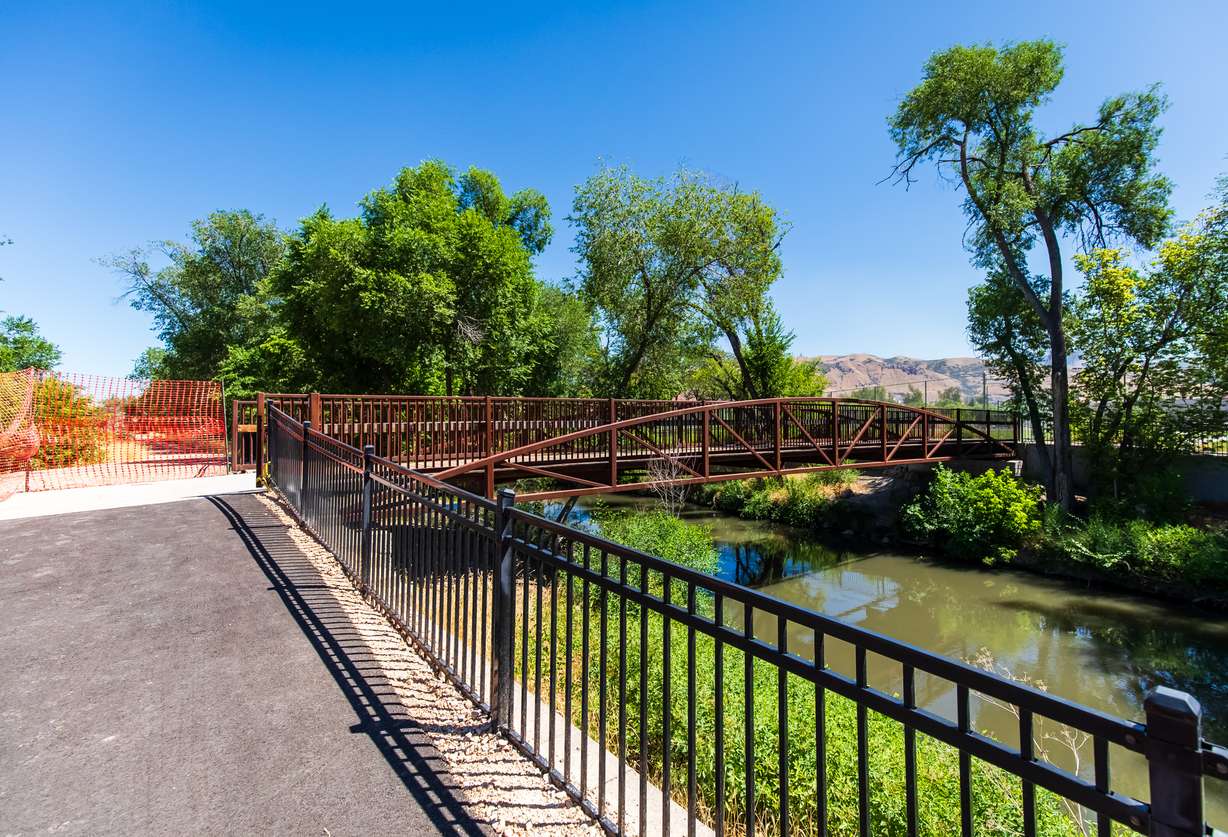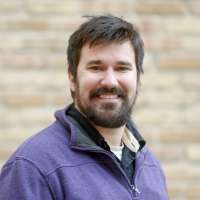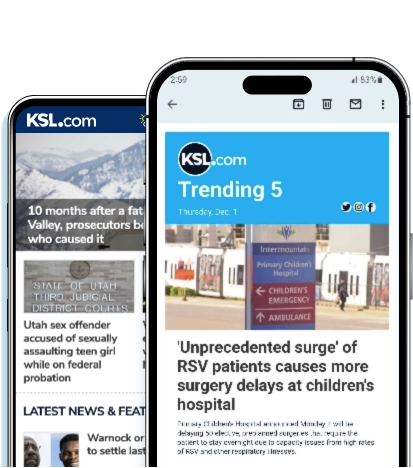- The Jordan River Parkway trail reopens after closure due to crime concerns.
- Salt Lake City improved safety with trail redesign, increased patrols, and surveillance.
- Residents have mixed feelings about the closure and subsequent safety measures implemented.
SALT LAKE CITY — A section of the Jordan River Parkway trail is now reopen months after Salt Lake City closed it amid several concerns, including crime.
People were allowed back onto the trail from Cottonwood Park (about 400 North) to 700 North Friday morning, following an extensive cleanup of the section and repairs to the riverbanks since the closure was announced in late March. The project included a relocation of one segment of the trail within the closed area.
"This project is about more than just improving a trail; it's about restoring a space for the community," said Kim Shelley, director of the Salt Lake City Department of Parks and Public Lands, in a statement. "By working closely with our partners in public safety, we are creating a safer, more accessible environment where residents can walk, bike and connect with nature."
The city cited several concerns when it announced the partial trail closure, including environmental degradation, infrastructure challenges and persistent public safety concerns tied to homelessness and crime. "Cartel activity" has infiltrated the area, pushing fentanyl and other drugs, which then welcomed in violent activity and other safety concerns, Salt Lake City Councilwoman Victoria Petro told KSL.com after the closure was announced.
"At this point, this is not a homeless issue. The chaos caused by the homelessness crisis — the fact that we don't know who is safe to be in our neighborhood and who isn't — has created a kind of a chaotic system that now criminals are exploiting," she said, adding that the situation had reached a "crisis point" at the time.
The closure essentially served as a reset for the trail section, although residents expressed mixed feelings about the measure. Jason Wessel, a longtime Rose Park resident and vice president of the Westside Coalition, called it "a bit disappointing" due to the suddenness of the announcement. The city closed another trail section last year for similar reasons, but residents were given advanced notice.
"It is certainly a start, but it is a little more than a Band-Aid approach," added Kevin Parke, chairman of the Rose Park Community Council, after the closure began.
An updated trail
Public lands staff have redesigned the trail since late March, relocating a segment between 500 North and 600 North so that it runs west of the river before connecting to a bridge that was constructed three years ago by 600 North to help improve connectivity between Backman Elementary School and the neighborhood west of the river.
The new section features a 14-foot-wide asphalt surface, which aims to reduce "user conflicts" and improve safety along the trail, according to the city. It bypasses an old 3-foot-wide bridge just north of 500 South, which didn't comply with federal trail standards.

Trail users will notice the section is covered by far less vegetation, and that's very intentional. While it reduces shade, it improves visibility of the trail and boosts public safety efforts, said Tyler Murdock, deputy director of Salt Lake City Public Lands. It follows the "eyes on the street" concept popularized by urban planner Jane Jacobs.
"You see that it's much more open," he told KSL.com. "It has a much improved line of sight. The old trail located on the east side was pinned between the river and the backyards of residents on 500 North. There was no good natural surveillance or visibility, and that's where we primarily had a lot of the congregation with the homeless activity."
The old bridge is now closed off, but it's not slated for removal just yet. It could be part of a future "secondary trail" that offers additional recreation near the primary trail, something that parkway trail cities are exploring more of, he added.
It marked the first phase of a larger effort to improve the area, which includes the construction of a new playground and open space near Backman Elementary School. That phase is slated to open next month.
Increasing public safety
Meanwhile, new steps are being taken to ensure public safety as the section reopens. Salt Lake City police officers already patrol the trail by bike and on foot, but police plan to increase their presence in the area. They will seek to enforce the city's ordinance preventing camping in the area after regular park hours while directing people in need to services.
The Utah Department of Public Safety and Salt Lake City Park Rangers program will also patrol the area regularly, according to the city. Friday also marks the first night that a contracted security team hired by the city will conduct overnight surveillance and enforce ordinances along the trail and the parks by it, which was included in the city's new budget.
All of the entities will seek to reduce vandalism and other issues that typically happen overnight, while also mapping out troubled areas, Murdock said. Public safety cameras and additional lighting are also planned for the trail, as city leaders seek to carry out their public safety plan.
"We are committed to doing everything we can to keep it safe, accessible and open to everyone," said Salt Lake City police commander Andy Cluff.









